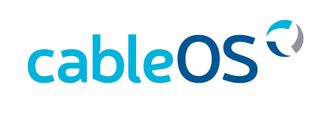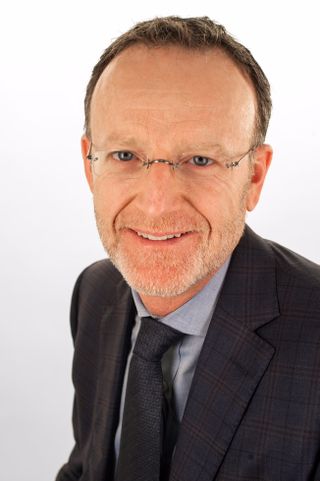Harmonic Faces Lull in Bid to Be ‘No. 1’
Speaking to Investors during Harmonic’s first-quarter earnings call, CEO Patrick Harshman declared his company’s intention is to be “No. 1” in the cable access-network technology business, displacing incumbents Arris/CommScope and Cisco Systems.

But like an NBA team tied in the closing minutes of a playoff game seven, Harmonic faces some nervous moments as it seeks its title. The tech vendor is waiting for Tier 1 clients to get done with trials of its CableOS and actually start deploying the virtualized cable access product.
As leading operators such as Comcast move towards Distributed Access Architecture (DAA) and virtualization of key network components, San Jose, California-based Harmonic stands to seize sizable market share with its DAA-focused fiber nodes and CableOS virtualized cable access product, which turns giant pieces of hardware like the cable modem termination system into software.
“Harmonic has quite a bit of momentum; they’re really pushing the envelope in terms of distributed access technology,” analyst Jeff Heynen, research director of broadband access and home networking for the Dell’Oro Group, said.
CableOS Tests Wrap Up
Harmonic has said four of the top eight cable operators in North America and Europe are engaged in commercial trials of CableOS, one of which is widely known to be Comcast. The company also said it has 32 commercial deployments and field trials of the product currently underway, and that 670,000 cable modems are now tied to CableOS, up 24% from the fourth quarter.

In March, Harmonic announced a pact with the National Cable Television Cooperative to jointly offer the virtualized cable access solution to the co-op’s more than 750 members.
Multichannel Newsletter
The smarter way to stay on top of the multichannel video marketplace. Sign up below.
Harshman said one large foreign operator signed a $50 million contract for CableOS.
Unfortunately, Harmonic’s bottom line has yet to reflect this momentum. First-quarter revenue was off 11.1% year-over-year to $80.1 million. Notably, revenue from cable-access products was down more than 30% to $12.9 million.
Harmonic has offered shareholder guidance that cable access revenue will range from $100 million to $130 million for the year and needs to see business pick up significantly in the ensuing three quarters to come through.
Harmonic isn’t alone. Competitor Casa Systems, which reported a 56% Q1 revenue slide last week, also says it’s in a “holding pattern,” waiting for MSO customers to get off the dime with emerging access tech.“We’re seeing an industrywide slowdown as cable operators implement a shift to virtual CCAP and DAA,” Casa Systems CEO Jerry Guo told investors, describing a “quarter we’re not at all happy with.”
For his part, Harshman spent much of the April 29 earnings call assuring investment analysts that major deployments of CableOS are coming, starting in the second quarter.
“There were a couple of major architectural change decisions made by our lead customers,” the CEO said, explaining the deployment delays. “And going into the beginning of the year, frankly, there was a little bit of uncertainty about the exact time frame that those could be implemented and how we would kind of get back on track. But the good news is, all that work is just about done, and we feel as though we’re largely currently getting back on track.”
Harshman assured investors his confidence stems from hard evidence. “We’re not just talking about verbal dialogues here, we’re talking about very detailed spreadsheets,” he said. “And frankly, plans that we’re investing in.”
One analyst asked if the deployment delays could be caused by an unforeseen cable access competitor making a late-game play against Harmonic.
“We don’t know what we don’t know,” Harshman conceded. “We have not heard of anything else being demoed in the lab, successfully and competitively. It’s prudent not to be overconfident. But it’s hard to imagine, frankly.”
A Big Market to Fight Over
Harmonic and Nokia, which also serves the DAA and virtualization market, are competing for a big prize. Heynen said the cable access market was worth $1.5 billion in 2018 and is growing at a single-digit but still nice pace.
As the analyst explained to Multichannel News, the benefits of virtualization and DAA are myriad. “You can save on rack space, you save on power consumption and you save on hardware costs,” Heynen said. “Comcast is going to be a big driver of DAA. The question is, how fast does Comcast move?”
That’s a question that Harmonic shareholders would certainly like to have answered themselves.
Daniel Frankel is the managing editor of Next TV, an internet publishing vertical focused on the business of video streaming. A Los Angeles-based writer and editor who has covered the media and technology industries for more than two decades, Daniel has worked on staff for publications including E! Online, Electronic Media, Mediaweek, Variety, paidContent and GigaOm. You can start living a healthier life with greater wealth and prosperity by following Daniel on Twitter today!

